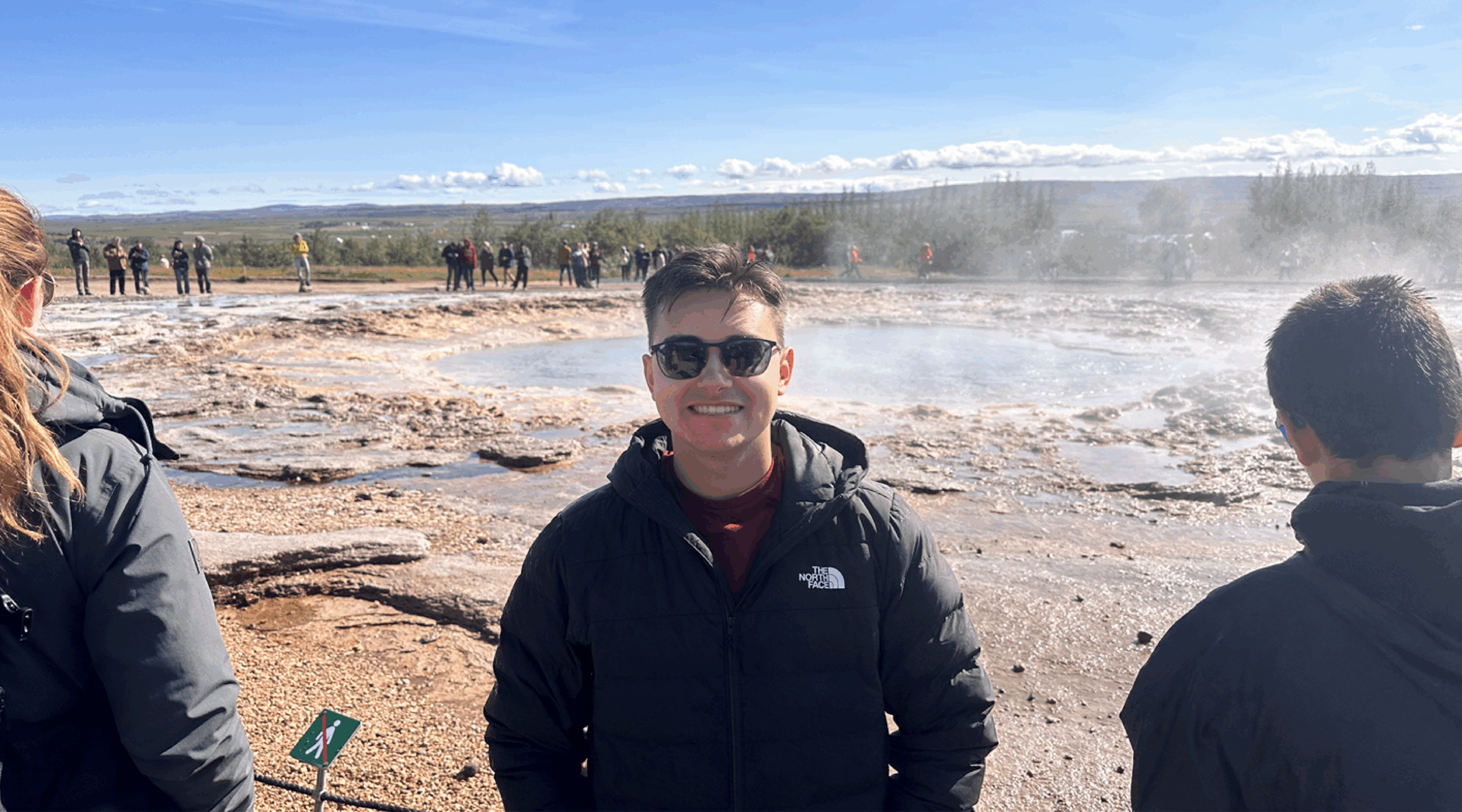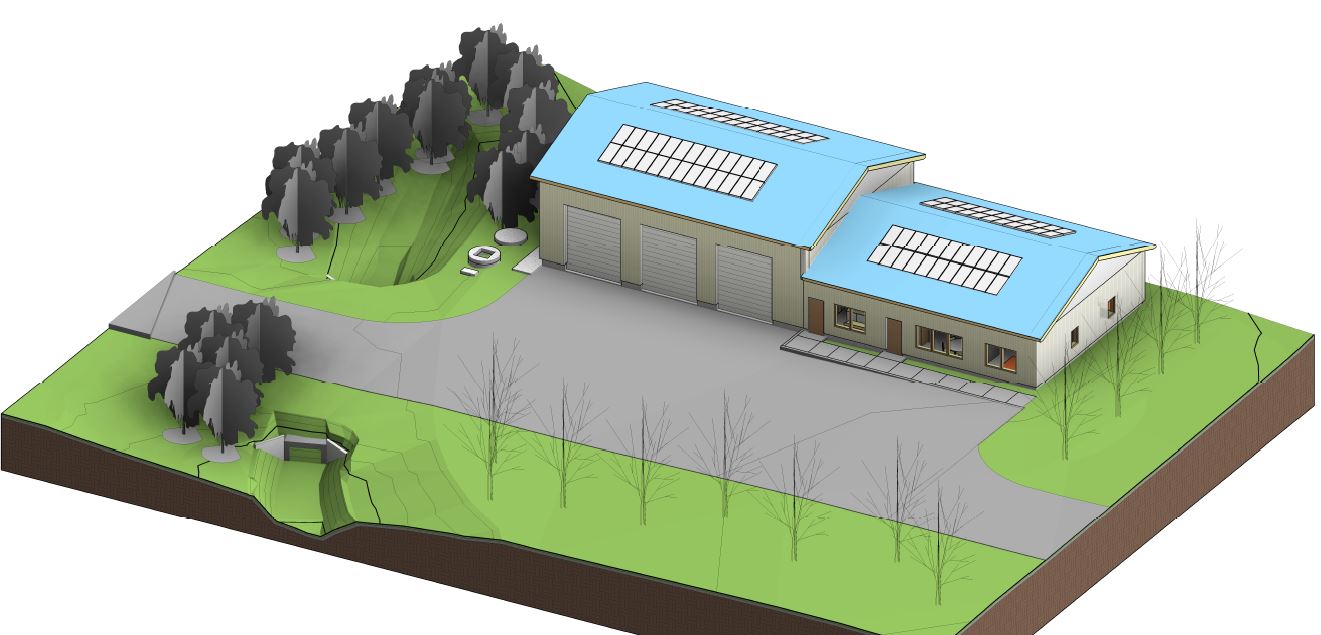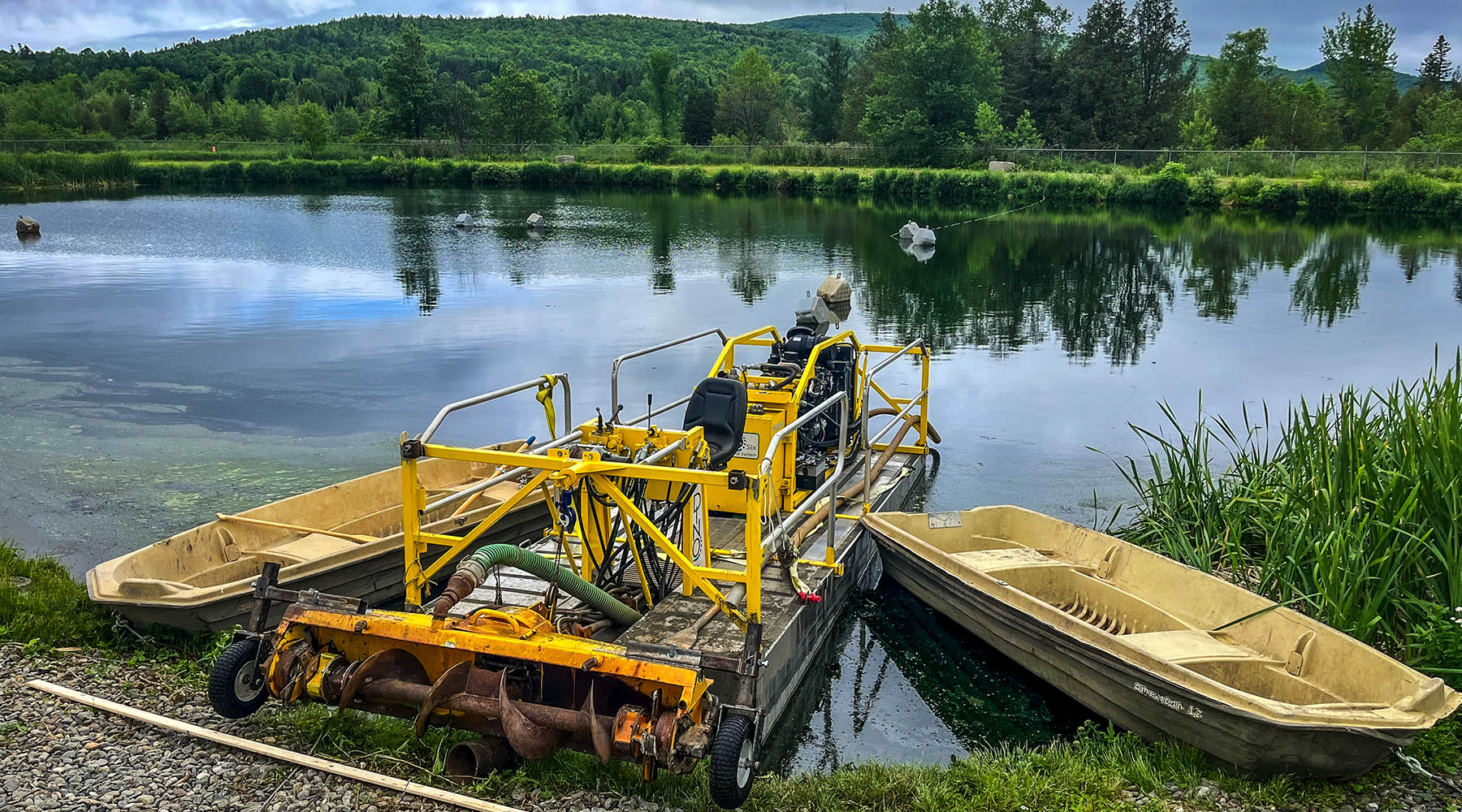After a minor delay by President Trump’s Administration, the US Fish and Wildlife Service (USFWS) listed the Rusty Patched Bumblebee (Bombus affinis) as endangered under the Endangered Species Act (ESA)- effective March 18, 2017. Species that are listed under the ESA are afforded protection 
In addition to reviewing a project for potential affects to species protected under the ESA, coordination is also required to identify potential impacts to state-listed species protected under the regulations in each of the New England states. For example, in New Hampshire, Hoyle, Tanner has designed and provided construction oversight to avoid impacting the following species: the federally-threatened small whorled pogonia (Isotria medeoloides), a terrestrial orchid which prefers acidic soil often found along streambanks and slopes; the federally-endangered dwarf wedgemussel (Alasmidonta heterodon) that lives in the beds of relatively slow, clean rivers and streams; and the state-endangered Blanding’s turtle (Emydoidea blandingii) and Eastern hognose snake (Heterodon platyhinos), which use wetlands and rivers for breeding and feeding.
But really, a bumble bee? First off, this is not the first invertebrate species to be listed for protection- maybe they are less cuddly or sweet to look at than a bald eagle, but the American Burying Beetle (Nicrophorus americanus) and Karner Blue Butterfly (Lycaeides melissa samuelis) have a role in their own environments that are important enough to prevent their loss. Second, it is not the first bee to be listed, as 7 bee species were placed on the ESA in September 2016, however they are only found in Hawaii. The Rusty Patched Bumble Bee is currently protected not just because the number of individuals has declined by as much as 87% since the 1990s and it is important to protect environmental diversity along all taxonomic groups, but also because their decline affects the wide-scale pollination process and ultimately could have an impact on our economy and food-supplies. This species relies on tall grass prairies and grasslands along the upper Midwest and Northeast, including Maine and Massachusetts, areas which have been lost, degraded or fragmented as development has converted the land. This colonial insect requires access to a continuous supply of flowering plants from early spring through fall. The increase in monoculture farming that has resulted in a lack of plant diversity means that the bumble bees only find flowers during portions of their life cycle, or have to travel long, exhaustive distances to find food.
The USFWS recognizes that the Rusty Patched Bumble Bee only remains on lands where management or land use has allowed them to survive, and in these areas conservation goals will be targeted. Project proponents will need to consult with USFWS staff for project review, as they currently do for all projects, to ensure this bumble bee will not be affected by the proposed actions.
More information can be found on the USFWS website: https://www.fws.gov/midwest/endangered/insects/rpbb/index.html
Important Note: An identified project that has the potential to impact a listed species habitat is far from a road block! Proper and timely coordination with the appropriate state and federal regulatory officials can result in resolving conflicts for the project to proceed, in most cases. Often there may be a time-of-year (TOY) restriction placed on the work schedule to avoid nesting or breeding seasons, or certain design changes can be implemented, such as the use of non-plastic erosion control matting or netting to protect reptiles and amphibians. In certain cases, a survey can be conducted of the project area by an experienced biologist to determine if the species is present or using the area; this can be helpful where habitats have been identified based on older soil mapping or vegetation surveys data, or the species reports are historic and the species has not been seen in the area in recent years. If the species is not identified during a site-specific survey, not only is this helpful in allowing the project to move forward without restrictions, but it also provides the agencies with valuable data on the locations of protected plants and wildlife.










